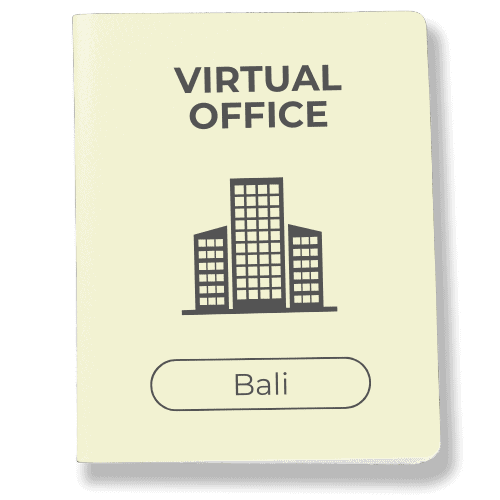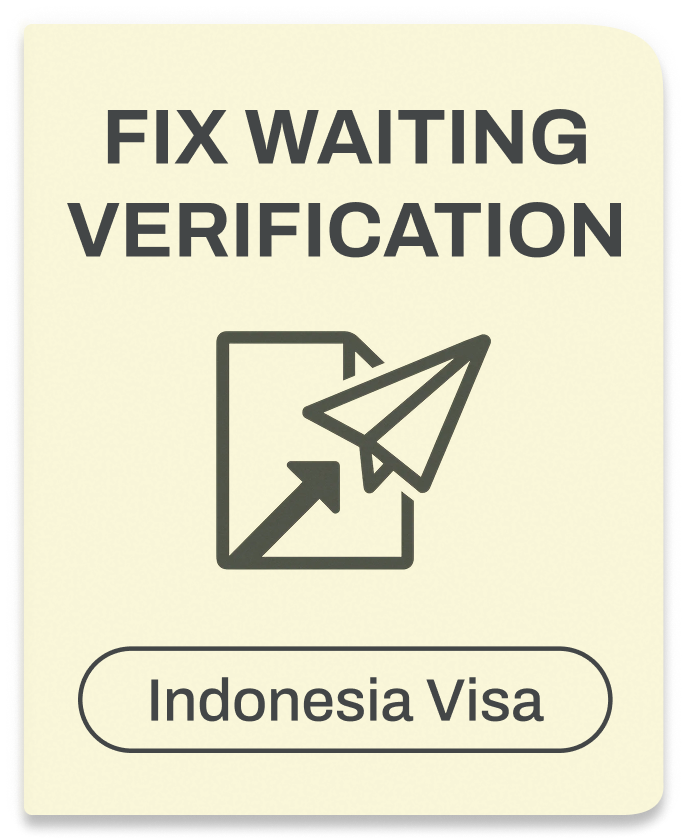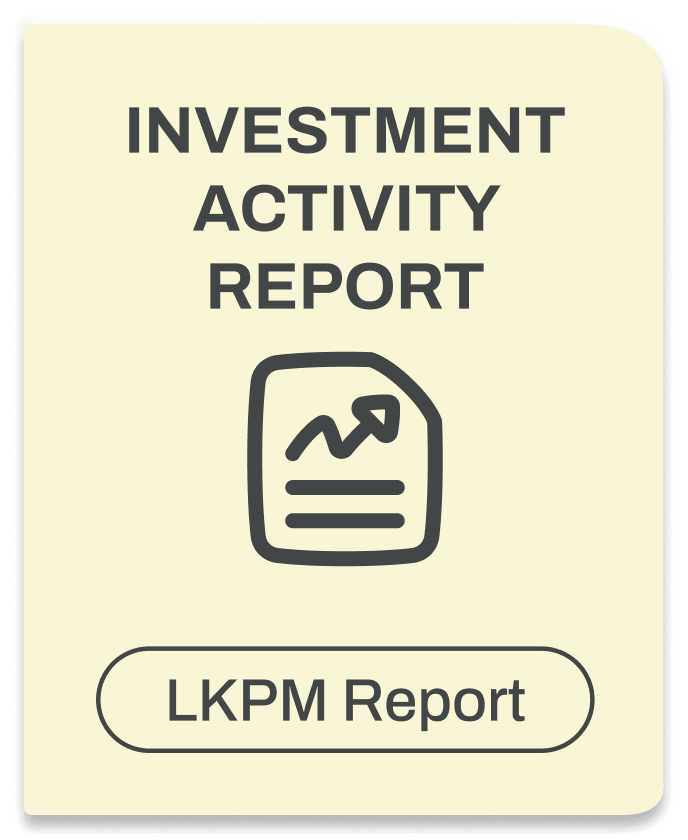How Much Does It Cost to Build a Villa in Bali?
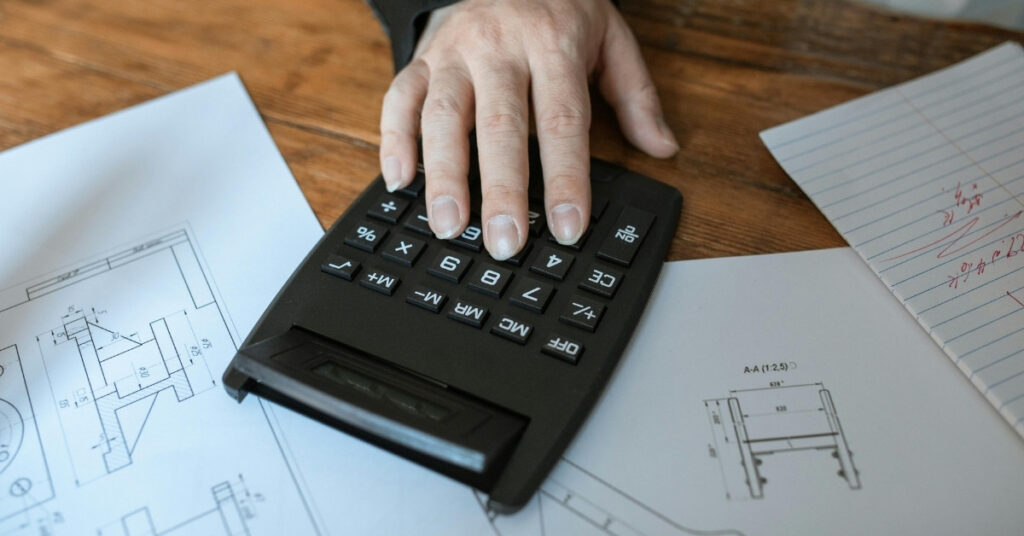
Bali’s construction costs in 2025 generally range from about IDR 6 million to 15+ million per sqm (approximately USD $400–$1,000+ per sqm) for a villa. This wide range corresponds to different finish levels, from simple local-standard builds to high-end luxury villas. These figures exclude land costs (since the land is assumed owned) and cover the building structure, standard fixtures, and finishes.
Notably, construction prices have risen ~5–10% since 2023 due to higher material costs and improved build quality, though labor in Bali remains relatively affordable. (For context, Bali is still cost-effective compared to other tropical destinations despite recent inflation.
Villa size also plays a role: larger villas can sometimes achieve a slightly lower cost per sqm than very small builds, since certain expenses are spread over more area. For example, a simple 1-bedroom villa (~90 m²) might be built for around IDR 6–7 million/m², totaling roughly IDR 585 million for 90 m².
In contrast, a spacious 4-bedroom luxury villa (~300 m²) with high-end design can run around IDR 12 million/m² or more. These examples illustrate how basic small builds sit at the lower end of the cost spectrum, while large luxury projects push the upper end.
Different types of villa builds, including size, design, and materials, will impact the final price. This article will help answer the common question: how much does it cost to build a villa in Bali?
Table of Contents
Key Factors That Influence Construction Costs
When you’re planning to build a villa in Bali, the price isn’t fixed. Many costs, such as land acquisition, construction, permits, and furnishing, can affect your budget. Here are the biggest ones to keep in mind:
1. Land-Related Costs
Even if you already own the land, both the location and the type of land title will shape your budget and returns. Prime areas like Seminyak or Canggu usually cost more than places like Kintamani because of higher demand, stronger tourism, and better access to roads, utilities, and services. Location also affects how easy it is to get permits and how attractive the property will be for rentals, so choosing the right area is key to maximizing ROI.
Foreign ownership: By law, foreigners cannot directly own freehold (SHM) land in Indonesia. The common, lawful paths are:
- Leasehold (Hak Sewa): Long-term lease from the landowner.
- Hak Pakai (Right to Use): For eligible foreign individuals on certain properties, with conditions.
- PT PMA (foreign-owned company): The company can hold HGB (Right to Build) over land (not SHM) for development and business use.
Avoid “nominee freehold” arrangements (using an Indonesian individual to hold SHM on your behalf). These structures are legally risky and can be deemed unlawful.
2. Construction Costs per Square Meter
In 2025, construction in Bali ranges from about IDR 6 million to 15+ million per square meter (roughly USD $400–$1,000+). The exact price depends on the quality of the build:
- Basic: Simple materials and finishes, often IDR 6–8 million/m².
- Mid-range: Good quality, modern designs, around IDR 8–12 million/m².
- Luxury: Imported materials, custom designs, 12–15+ million/m². High-end builds are often considered luxury villas, and the construction costs for luxury villas in Bali can reach IDR 20 million per square meter or more. The size of your villa also matters. Larger villas often cost less per square meter because some costs (like a pool or kitchen) are spread across more space.
3. Labor Costs
Labor in Bali is still more affordable compared to Western countries, ranging from IDR 500,000 to 1,000,000, but it varies by area. Contractors in tourist-heavy spots like Canggu or Seminyak charge more because demand is higher. This is due to the high demand for construction and renovation services in these popular areas, which drives up labor costs. In more remote areas, like Kintamani, wages are lower, which brings overall costs down. Skilled workers, especially for finishing and specialized work, will cost more anywhere on the island.
4. Materials
The choice of materials can dramatically change your budget. In fact, Bali depends on local climate and building traditions when it comes to selecting materials and construction methods, which can affect both affordability and durability. Using local stone, wood, or bamboo is cheaper and eco-friendly, but some people prefer imported marble, glass, or high-end fixtures. Coastal areas also require stronger, anti-corrosion materials because of salt in the air, which adds to the cost.
5. Additional Costs
When budgeting for your villa, keep in mind there are expenses beyond the raw build price. These often add a significant margin to the final cost:
- Permits, licensing, and compliance usually cost around IDR 50–150 million, since you must secure the KKPR (spatial suitability), PBG (building approval), and later the SLF (occupancy certificate).
- Soil testing and site preparation can add about IDR 10–30 million for testing and another IDR 50–200 million for site work, especially if your land sits on a slope or needs drainage systems.
- Hiring a project manager or architect typically costs 5–10% of the total construction budget, while a stand-alone site manager may charge IDR 5–15 million per month.
- Maintenance planning often runs 1–3% of the total construction value per year, which means a 3-bedroom villa can cost around IDR 50–150 million annually to keep in good condition.
- Furnishing and landscaping usually add 10–20% of the construction cost, but if you choose high-end interiors with imported furniture, expect to spend anywhere from IDR 500 million up to 2 billion or more.
Cost per Square Meter by Location and Quality Tier
The table below summarizes the estimated construction cost per square meter for each location (row) and build quality tier (columns). Costs are given in millions of IDR per m² (with approximate USD in parentheses). “Basic” denotes bare-bones or local-standard finishing, “Mid-range” is good quality with standard modern finishes, and “Luxury” means high-end finishes and features.
| Location | Basic Build (Local/Basic Finishes) | Mid-Range Build (Good Quality) | Luxury Build (High-End Finishes) |
| Ubud (inland) | 6–8.5 million IDR/m² (~$370–$520) | 8.5–13 million IDR/m² (~$520–$800) | 13–17 million IDR/m² (~$800–$1,050) |
| Canggu (coastal) | 7–9.5 million IDR/m² (~$430–$600) | 10–15 million IDR/m² (~$630–$950) | 15–20 million IDR/m² (~$950–$1,270) |
| Seminyak (coastal) | 8–10 million IDR/m² (~$500–$630) | 11–16 million IDR/m² (~$690–$1,000) | 16–22 million IDR/m² (~$1,000–$1,380) |
| Kintamani (highland) | 5–7 million IDR/m² (~$310–$440) | 7–10 million IDR/m² (~$440–$630) | 10–14 million IDR/m² (~$630–$880) |
| Kuta (coastal) | 6–8.5 million IDR/m² (~$370–$520) | 9–13 million IDR/m² (~$580–$830) | 13–18 million IDR/m² (~$830–$1,150) |
Selecting the best locations in Bali is crucial, as it can significantly impact both construction costs and potential investment returns.
Building Process in Bali: Step-by-Step Guide

Building your dream villa in Bali is exciting! But first, you need to understand the process. Villa construction in Bali involves a step-by-step approach, from land acquisition and permits to managing costs and working with local authorities or contractors. Think of it like following a recipe – you need to do things in the right order to get good results.
What You Need to Know First
In 2021, Indonesia changed its building permit system. The old system used something called IMB permits. Now, there are two main permits you need: PBG and SLF. It’s like getting two different IDs for your building.
PBG (Persetujuan Bangunan Gedung) = Permission to Build SLF (Sertifikat Laik Fungsi) = Certificate that Your Building Works Properly
Step 1: Plan and Prepare (Before You Start)
Before you even think about digging, you need to get your ducks in a row. It’s crucial to consult with legal experts and certified architects, engineers, and environmental consultants.
Here’s what you need to do:
- Find a certified architect to design your building
- Hire a structural engineer to make sure it’s safe
- Get an environmental consultant if needed
- Make sure you understand local zoning laws
- Check what type of building you’re allowed to build on your land
Step 2: Get Your PBG Permit (Permission to Build)
This is your green light to start construction. Think of PBG as getting permission from the government to build something new.
What the PBG Does
A PBG is your ticket to starting any new construction, modification, expansion, reduction, or maintenance project. The PBG specifies the approved design of the building and continues through the life of the building.
How to Apply for PBG
You apply for a PBG through the OSS-RBA (Online Single Submission system) and coordinate the process with the local Dinas PUPR (Public Works and Spatial Planning Office). Before you submit your PBG, you secure a KKPR (spatial suitability approval) to confirm the land is zoned for your intended use.
You’ll need these documents:
- Land ownership certificate
- Site plan and architectural drawings
- Structural engineering plans
- Environmental impact assessment (if required)
- Building specifications and materials list
- Construction timeline
Processing Time
Official guidelines state a 28-working-day window for PBG verification, but timelines vary depending on project complexity, location, and whether revisions are needed. Expect back-and-forth between the government and your architect/engineer. To avoid delays, work with experienced professionals who know the OSS system, local technical standards, and zoning regulations.
Step 3: Start Construction
Once you get your PBG permit, you can finally start building! But remember:
- You must build exactly according to your approved plans
- Any changes need approval first
- Keep your PBG document safe – you’ll need it for inspections
Failing to follow approved plans or encountering construction delays can result in paying additional costs, so it’s important to stay on schedule and comply with all requirements.
Keep this document accessible, as it may be needed for future inspections and legal purposes.
Step 4: Get Your SLF Certificate (Good Function Certificate)
After you finish building, you need one more permit. The SLF certificate proves your building is safe to use.
What Happens During SLF Inspection
To obtain an SLF, the building must pass various inspections, covering aspects such as structural integrity, fire safety, sanitation, and environmental impact.
Inspectors will check:
- Is the structure strong and safe?
- Are fire safety systems working?
- Do water and sewage systems work properly?
- Does the building meet environmental standards?
Getting Your Final Approval
The SLF then serves as the final approval, allowing the building to be officially occupied and used for its intended purpose. The SLF specifies what the building can be used for and must be periodically renewed.
Navigating Tax Obligations

When you own a villa in Bali, you deal with taxes from start to finish. You face them when buying land, building the property, and renting it to guests.
- Property acquisition taxes: When you purchase land or property, you’ll face the BPHTB (Bea Perolehan Hak atas Tanah dan Bangunan) at 5% of the transaction value and the seller’s Final Income Tax (PPh Final) on the transfer.
- Construction-related taxes: Construction services are subject to VAT (PPN) and a final income tax (PPh 4(2)) depending on the type of contractor and project. These must be accounted for in your building budget.
- VAT / Value-Added Tax: Starting January 1, 2025, Indonesia raised the standard VAT rate to 12%. However, certain sectors still apply an effective 11% rate due to how the taxable base (DPP) is calculated. Confirm which applies to your project with your tax consultant.
- Rental income taxes: If you operate your villa as a rental business, your revenue is subject to income tax under Indonesia’s tax system. In addition, many regions (including Bali) impose a 10% Hotel and Accommodation Tax on short-term stays, collected at the local level.
Tax rules change frequently, and compliance is non-negotiable if you want to avoid penalties. Work with a qualified Indonesian tax consultant who knows the property and hospitality sectors. With proper structuring, you can minimize liabilities while staying compliant with national and local regulations.
Long-Term Maintenance Costs
Owning a villa in Bali is a dream come true, but it’s important to remember that long-term maintenance costs are a significant part of the overall cost of ownership. These costs can vary depending on the size and style of your property, the materials used in construction, and the features you include, such as a pool or landscaped gardens.
On average, villa owners in Bali should budget for annual maintenance expenses of about 1-3% of the property’s value. This covers everything from regular pool cleaning and gardening to repairs on the villa’s structure, plumbing, and electrical systems. The actual amount you’ll pay can vary depending on the quality of materials used and the level of care your property requires.
Planning ahead for these ongoing costs is essential. Regular maintenance not only keeps your villa looking its best, but also helps prevent more expensive repairs down the line. By setting aside a portion of your budget for maintenance and working with reliable service providers, you can ensure your villa remains a valuable and enjoyable asset for years to come.
Establishing a Foreign-Owned Company
For foreign investors dreaming of owning a villa in Bali, establishing a foreign-owned company, known as a PT PMA (limited liability company), is often the best way to buy property while complying with Indonesian law. Direct freehold property ownership is not permitted for foreigners, but a PT PMA allows you to legally acquire and hold property, including villas, in Bali.
Setting up a PT PMA requires careful planning and strict adherence to all legal requirements. This process involves working with a reputable lawyer or financial advisor who can guide you through the necessary steps, from company registration to obtaining the required permits and licenses. Ensuring your company is properly established not only protects your investment but also makes it easier to manage your property and any related business activities, such as villa rentals.
By taking the time to set up your limited liability company correctly, you can enjoy the benefits of owning a villa in Bali while staying fully compliant with Indonesian law. This approach provides peace of mind and opens the door to long-term property ownership and investment opportunities in one of the world’s most sought-after destinations.
Quick Summary
- Plan: Get your team of experts ready
- Apply for PBG: Submit all your building plans and documents
- Build: Follow your approved plans exactly
- Get SLF: Pass final inspections to prove your building is safe
- Enjoy: Your building is officially ready to use!
Building in Bali takes patience and careful planning. But when you follow the steps correctly, you’ll end up with a beautiful, safe building that meets all the legal requirements. The new permit system is actually designed to be more efficient and clear than the old one, so things are getting easier for builders and property owners. Investing in building a villa in Bali is a smart way to take advantage of the island’s growing property market and long-term financial benefits.
Practical Tips for Smooth Construction
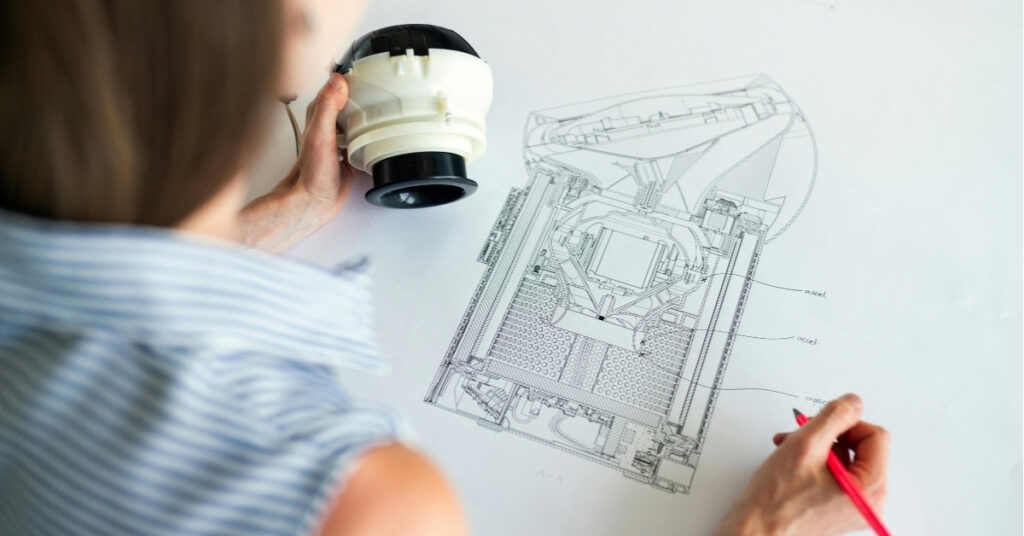
Building your dream home can feel overwhelming. But don’t worry! With the right approach, you can make the process much smoother. Here are three essential tips that will save you time, money, and stress.
Work with a Trusted Buyer Representative or Consultant
Think of a buyer representative as your personal guide through the construction maze. They’re like having a knowledgeable friend who knows all the tricks of the trade.
Why do you need one? Construction involves countless decisions and technical details. A good representative will protect your interests and help you avoid costly mistakes. They speak the contractor’s language, so you don’t have to learn it yourself.
Look for someone with solid experience and great references. Ask friends, family, or neighbors who’ve built homes recently. Check online reviews too. The right person will answer your questions patiently and explain things in terms you understand.
Your representative should visit the construction site regularly. They’ll spot problems before they become expensive headaches. Plus, they’ll make sure the work matches what you agreed to pay for.
Many buyer representatives offer a free consultation, so take advantage of this opportunity to discuss your villa project and get professional advice at no cost.
Get a Clear Bill of Quantities (BoQ) to Avoid Surprises
A Bill of Quantities is basically a detailed shopping list for your entire project. It lists every single material needed – from nails to windows to paint. More importantly, it shows exactly how much of each item you’ll need.
Without a clear BoQ, you’re flying blind. Contractors might give you vague estimates that sound great at first. But then surprise costs start piling up. “Oh, we forgot about the electrical outlets in the kitchen.” “Actually, we need more concrete than we thought.”
A good BoQ prevents these surprises. It should be specific and detailed. Instead of “flooring materials,” it should say “500 square feet of oak hardwood flooring, grade A.” Ask your contractor to break down every single cost.
Review the BoQ carefully before signing anything. Ask questions about items you don’t understand. If something seems unclear or missing, speak up now. It’s much easier to fix problems on paper than during construction.
Always Plan Contingency (10–15% Extra Budget)
Here’s the truth about construction: something unexpected always happens. Always. Maybe the soil is different from what was expected. Perhaps you discover old pipes that need replacing. Or you might fall in love with slightly more expensive tiles.
Smart builders plan for these surprises by setting aside extra money. Think of it as insurance for your project. Most experts recommend keeping 10-15% of your total budget as a contingency fund.
Let’s say your project costs $100,000. Set aside an extra $10,000-$15,000. This money stays untouched unless real emergencies arise. Don’t use it for upgrades you suddenly want.
Having this buffer reduces stress dramatically. When unexpected issues pop up, you can handle them calmly instead of panicking about money. Your contractor will respect you more too. They know you’re prepared and serious.
Start your contingency fund early. Even small amounts add up over time. The peace of mind is worth every penny.
If your villa is intended for short term rentals, having a solid contingency plan is even more important to ensure smooth operations and compliance with local regulations.
Get the Right Visa First
Here’s the deal: if you want to build a villa in Indonesia, you need the right visa, period. Say you start building with just a tourist or a social visa. That’s a big mistake. You could face heavy fines, get kicked out of the country, be banned from coming back, or have your whole project shut down.
You need one of three main visa types to build a villa in Bali legally. The Investor KITAS (or ITAS) is perfect if you’re investing in property or starting a business. This visa lets you stay for up to 2 years and can be extended. For those wanting long-term residence, and want to build a villa or a house, Indonesia’s new Second Home Visa allows you to live in the country for up to 10 years.
Each visa type has different requirements and costs, but they all give you legal permission to engage in construction activities. Without the right visa, you’re breaking immigration law and risking serious consequences.
That’s where Visa-Indonesia.com comes in. We help you pick the right visa type for your situation and handle all the paperwork hassles. Our team submits everything to immigration on your behalf, which cuts down on processing time and prevents expensive mistakes. No more worrying about delays that could shut down your villa project.
Ready to get started? Check visa-indonesia.com today and let our expert team handle your visa process. Don’t risk your investment – get the right visa now and build your villa with confidence.
Ready to Apply or Extend Your Visa?
Let our visa specialists handle your application.








